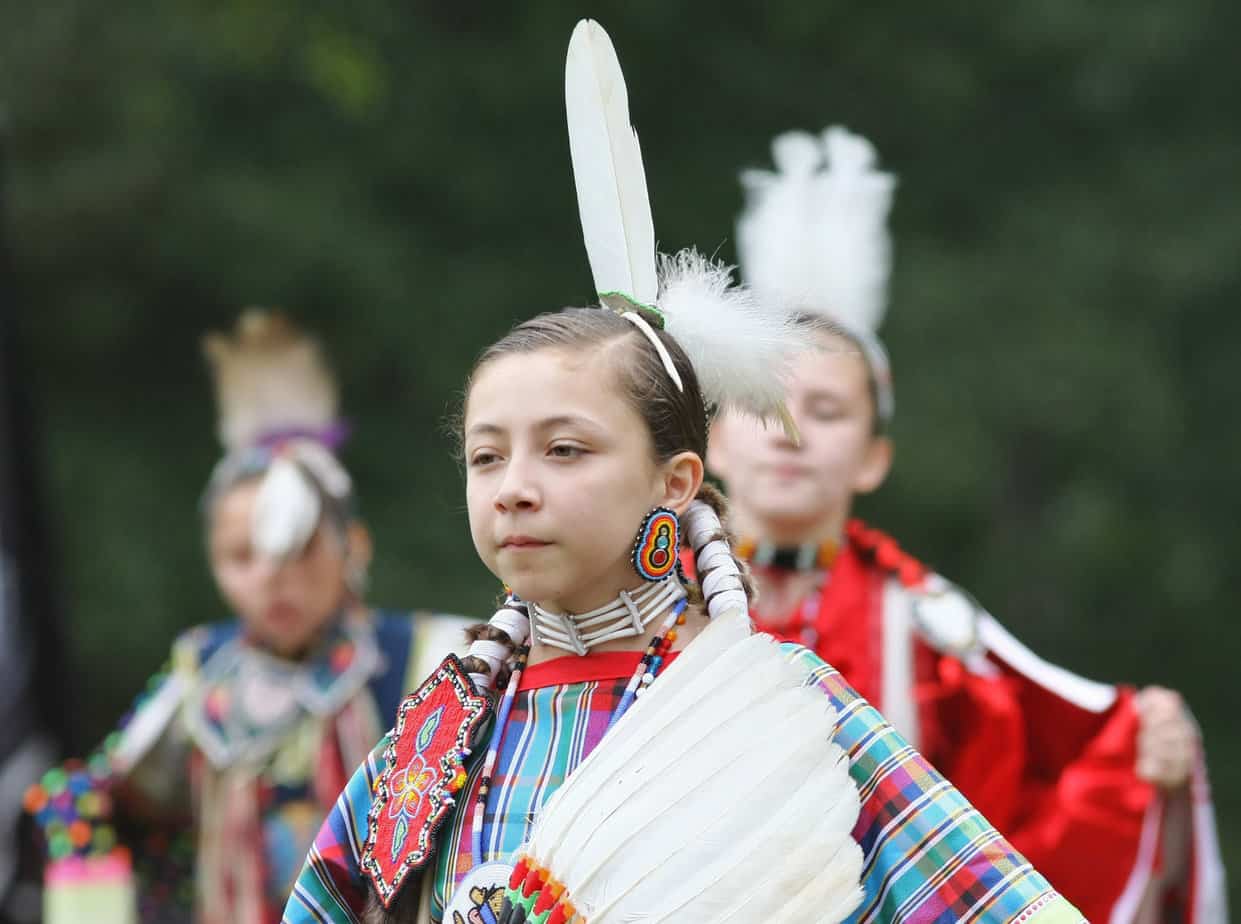
Georgia boasts one of best selections of national parks sites in the United States. The Peach State’s national parks showcase the beauty and heritage of the deep South. Georgia’s mild southern climate allows these parks to stay open year round.
All of Georgia’s national park service sites are rich in history. So we’ve listed these twelve sites in historical order. You’ll find our in-person review of Kennesaw Mountain National Battlefield Park midway through this post.



Table of Contents
#1: Appalachian National Scenic Trail
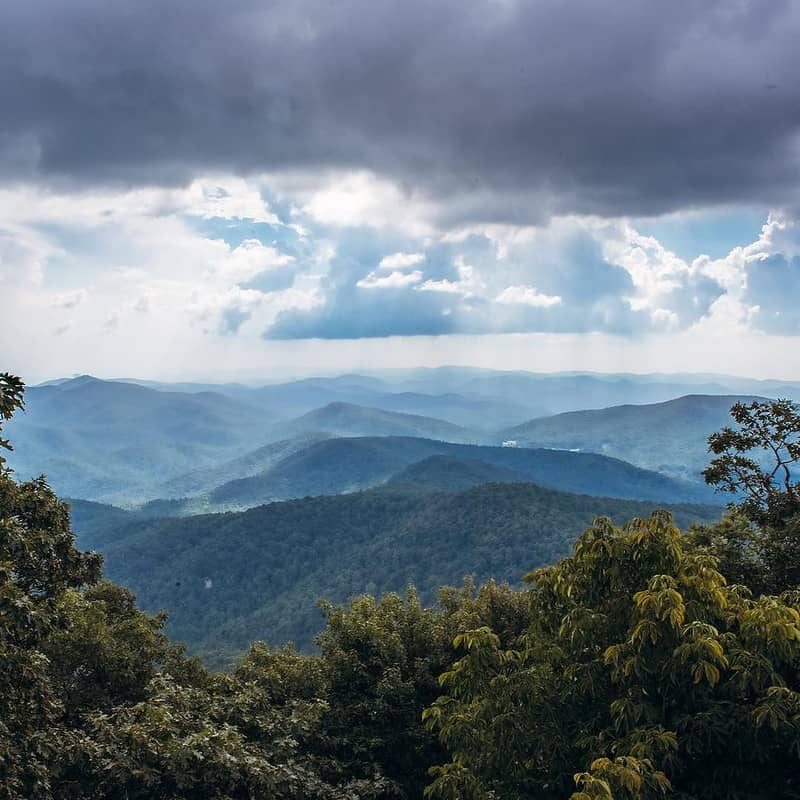
The Appalachian Trail is America’s first and most famous national trail. This 2,193 mile footpath follows the Appalachian mountains from Maine all the way to Northern Georgia. The trail runs through nearly every Atlantic state and some of the East Coast’s best national parks.
Go to Springer Mountain to start your journey along these ancient ranges. Georgia’s 79-mile segment meanders through the Chattahoochee National Forest before crossing into North Carolina and bearing toward the Great Smoky Mountains.
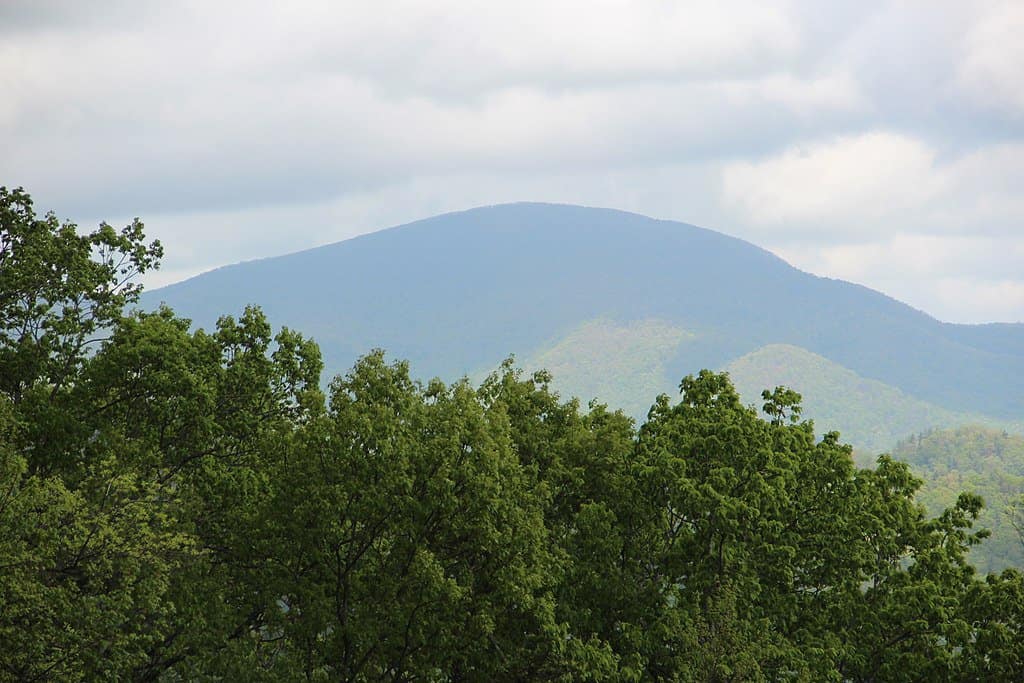
Miles of trails guide you through Georgia’s historic Blue Ridge. Be sure to make time for Blood Mountain, the highest point on Georgia’s stretch of the Appalachian trail. Blood Mountain is a sacred site of the Cherokee Nation and the location of an ancient battle between the Cherokee and the Creek Nation.
If you can visit in the fall, the Blue Ridge area is known for its gorgeous autumn leaf colors as well.
#2: Ocmulgee Mounds National Historical Park
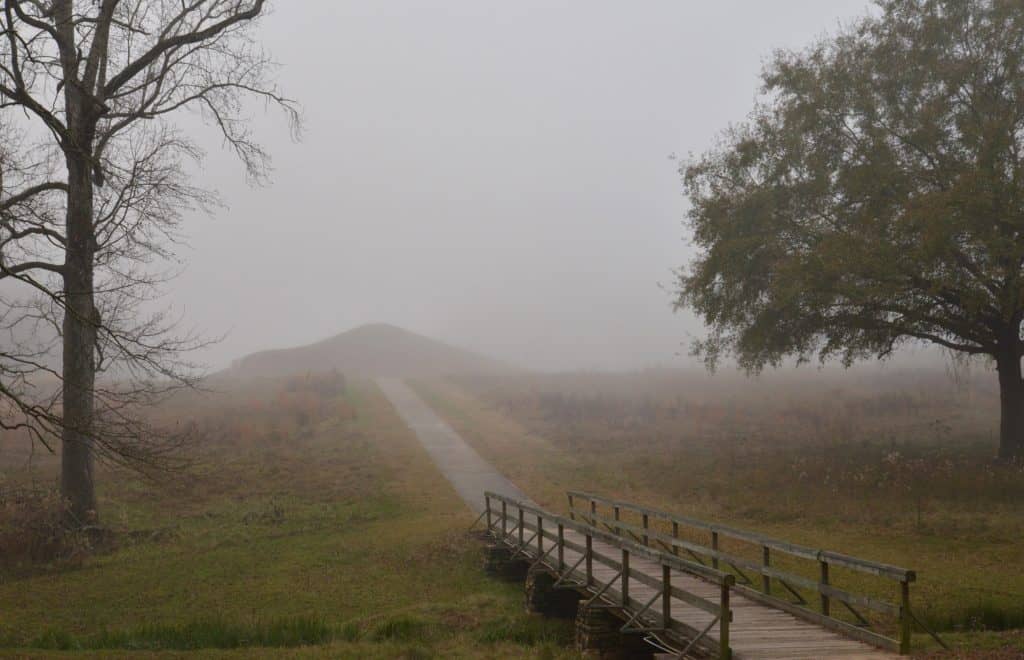
Ancient America is on display on a grand scale at Ocmulgee Mounds National Historical Park. The enormous park (3,000+ acres) preserves a record of 12,000 years of Indigenous history. Remains and structures tell a native history beginning in the Ice Age and continuing to the present day.
Ocmulgee Mounds NHP takes its name from seven monumental mounds. The ancient earthworks are more than a thousand years old and stand as a reminder of complex native societies that once ruled this part of North America. This park and the Trail of Tears National Historic Trail provide a panoramic view of indigenous history from ancient times to today.

#3: Fort Frederica National Monument

Fort Frederica NM is the place to learn Georgian Colonial history. In fact, this national monument is one of the most unique colonial sites on the East Coast. The island park tells the story of the battle that preserved British Georgia.
Frederica was of the first settlements of the British colony of Georgia. But the town was built in area that was contested by Spain. Today you can tour the remains of Frederica, its fort, and the battlefield that ended Spain’s claim on Southern Georgia.

Fort Frederica National Monument is located on beautiful St. Simons Island. The historic park encloses numerous colonial town ruins, an African American burial ground, and no lack of natural beauty. Be sure to see the Abbott Monument, a tribute to one of the first civil rights leaders of American history.
#4: Trail of Tears National Historic Trail

Northeast Georgia may be the best place to explore the Trail of Tears. At least three branches of the Trail begin in Northern Georgia and no state has as many historic trail sites as Georgia.
You can explore the Cherokee capitol of New Echota. The Cherokee built this modern town on the promise of a peaceful future with their white neighbors. Prejudice and greed forced the Cherokee to abandon this future even after the Supreme Court ruled in their favor.

You can visit actual homes of Cherokee leaders including Chief Vann and Major Ridge. These historic homes bring a personal perspective to the story. The survival of the Cherokee people is a story of courage, determination, and hope.
#5: Fort Pulaski National Monument

Georgia’s Civil War sites provide an excellent window into the final years of America’s bloodiest war. Fort Pulaski NM demonstrates how technology was one reason why the North won the war. You can see for yourself how the invention of rifled canons made brick forts a thing of the past.
Fort Pulaski NM is located on Tybee island, at the mouth of the Savannah River. Enjoy this historic fort, the renowned city of Savannah, and the nearby attractions of South Carolina

#6: Chickamauga & Chattanooga National Military Park

Got time for only one Civil War park? This is the place to go. This park encloses not one but two enormous battles that played a decisive role in the Civil War. Chickamauga and Chattanooga were so important that these battlefields were federally protected as far back as 1890.
One Park: Two States
The park is composed of two large units that are located on either side of the Georgia-Tennessee border. The battle of Chickamauga took place in north Georgia next to the city of Fort Oglethorpe. The battle ended in a Confederate victory that stalled the Union forces from capturing the important city of Chattanooga, Tennessee.
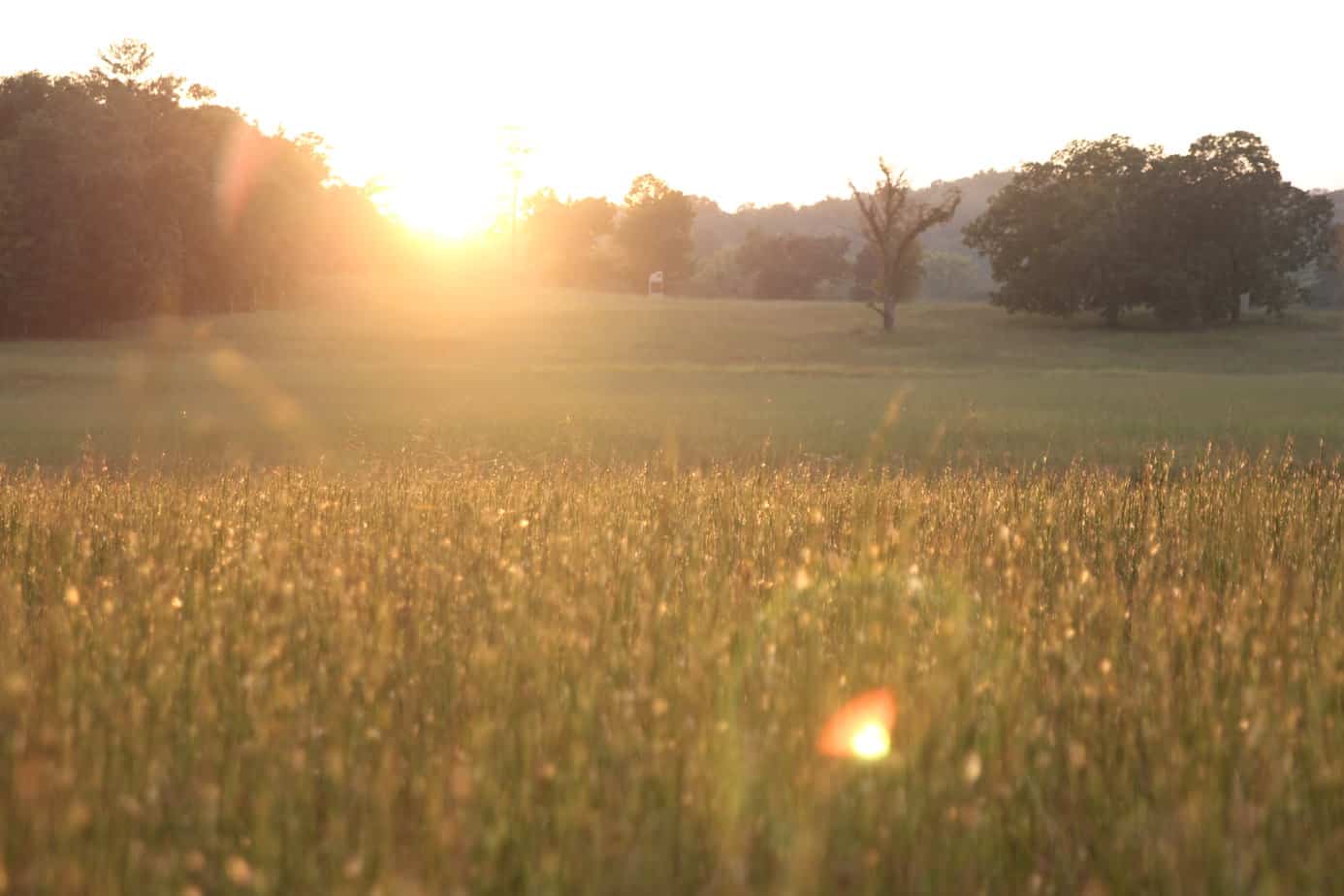
The Chattanooga unit preserves portions of historic Chattanooga, significant battle sites, and its surrounding area. The Union army laid siege to this important railroad hub and eventually captured it in November 1863. The fall of Chattanooga opened the way for Sherman’s capture of Atlanta and the end of the Civil War.
Our epic roadtrip had to skip past Chattanooga & Chickamauga National Military Park. Actually, I got to watch the Military Park slip oh-so-slowly by amid the agony of Chattanooga Rush hour traffic 😩. I have a quickly growing list of reasons to return to Tennessee.
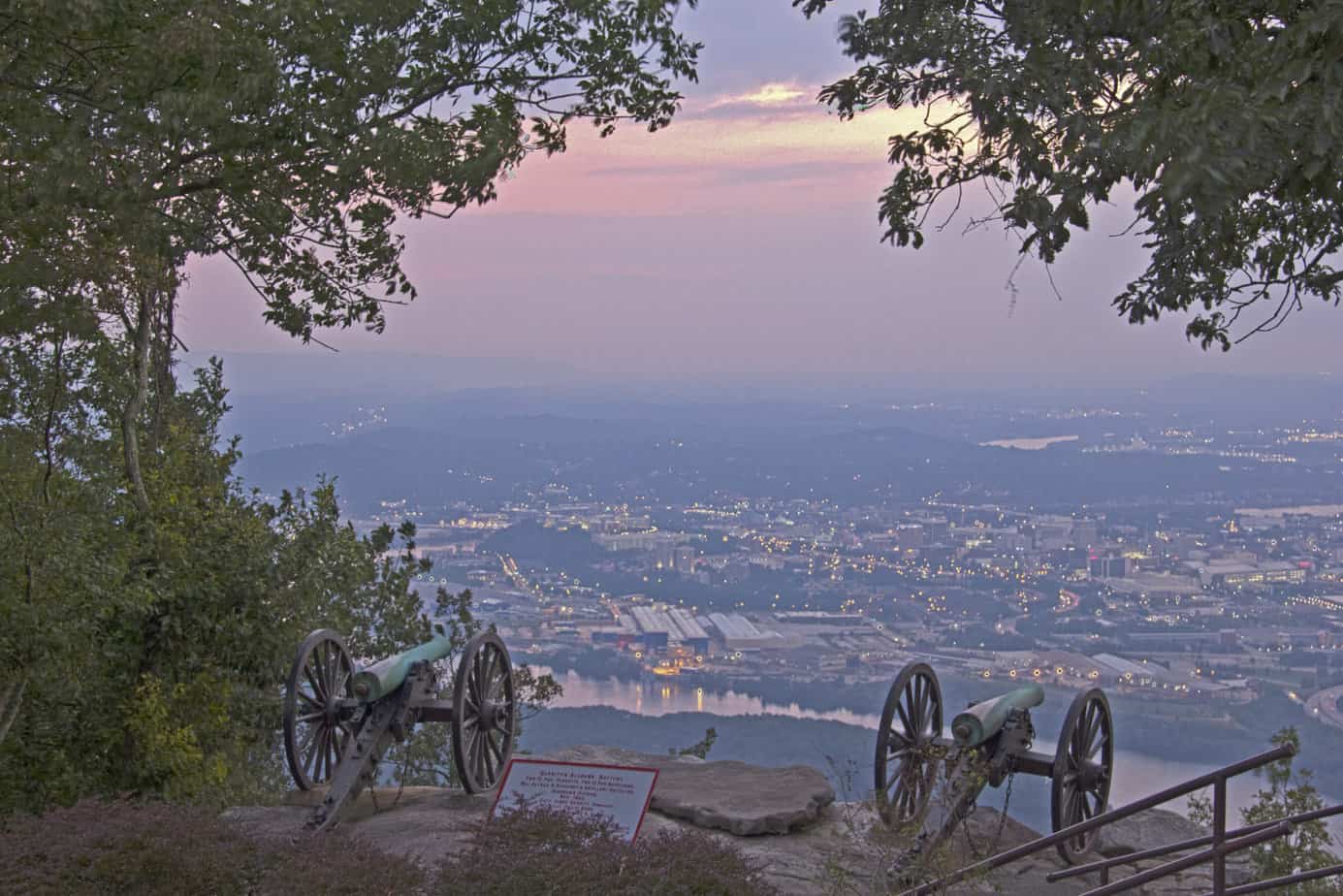
That said, we weren’t going to drive all the way to Georgia without seeing a single battlefield. Thankfully, we were headed for Atlanta so it wasn’t going to be hard to find one!
#7: Kennesaw Mountain National Battlefield Park

Kennesaw Mountain is the best Civil War battlefield site of the Atlanta area. This mountain ridge was the last natural barrier that stood between the Union army and Atlanta. It’s one of the best places to learn about the Atlanta campaign and how much was at stake for both sides of the conflict.
I’ve visited Kennesaw Mountain National Battlefield at least three different times and I still want to return. There’s so much to love, even beyond the battlefield drama. The stately mountain and its surroundings are naturally beautiful and yield panoramic views of the Atlanta area.

Miles of wooded trails and historic structures remind you how different Atlanta was one hundred and fifty years ago. Kennesaw is well known for its miles of of well preserved trenches. You get a sense of how real it all was when you’re walking beside defensive trenches built by slaves and confederate soldiers.
Viewer discretion advised
This battlefield was a first for our children and we came away with some mixed feelings. On the one hand, the visit was a great opportunity to learn and review American history. As always, the visitor center and Jr. Ranger program was a big help.

On the other hand, the introductory movie was too much. A number of scenes were too violent for young children or sensory children. Yes, it’s a battlefield park, but graphic depictions actually disrupt a child’s ability to focus and learn about the park and its significance.
We live in a time where video is becoming the primary channel for education. The introductory movie is often a central and dynamic part of the visitor center exhibit. Parents shouldn’t have to choose between educating their children and subjecting them to intense scenes of violence.
@dinkumtribe We loved our visit to Kennesaw Mountain National Park last summer- here’s some of the memorabilia we brought back! #nationalparkservice #nationalparks #nationalparksusa #kennesawgeorgia #nationalbattlefield #civilwarhistory #civilwarlover #americanhistory #adhdfamilytravel #familytravelcreator #familytraveltiktoker #oregonfamily #pnwfamily #pnwfamilies #oregonfamilies #familytravelvlog #familytravelblog #familytravelblogger #familytravelvlogger #familytravelinfluencer #travelwithkids ♬ Fall October Halloween horror classic(177261) – rareNote
#8: Chattahoochee River National Recreation Area

Chattahoochee River NRA is Georgia’s most popular NPS site. It isn’t hard to see why. This national recreation area provides easy access to the famous river and its cool waters.
The Chattahoochee is known for Southern summer fun. People love to tube their way along the gentle river. You can also explore miles of river via kayak, canoe, or motorboat.

But there’s a lot more to this park than the river. Chattahoochee River NRA oversees vast tracts of land all along the river. Wildlife, waterfalls, historic sites, and miles of trails invite you to explore all that the Chattahoochee has to offer.
Keep an eye out for the ruins of the Ivy Mill and Marietta Paper Mill. These two sites tell the story of Civil War Atlanta. General Sherman and his Union Army destroyed Atlanta’s industry in order to ensure a Northern victory to the Civil War.
@dinkumtribe We have a great resource for planning your next road trip. Check the bink in lio and search “road trip printable” for our awesome cheat sheet! #roadtripplanning #roadtripusa #roadtripplanner #roadtripguide #roadtrippacking #printableplanner #printableguide #nationalpark #nationalparkservice #nationalparksusa #nationalparktrip #nationalparkroadtrip #adhdfamilytravel #familytravelcreator #familytraveltiktoker #oregonfamily #pnwfamily #pnwfamilies #oregonfamilies #familytravelvlog #familytravelblog #familytravelblogger #familytravelvlogger #familytravelinfluencer #travelwithkids @dinkumtribe ♬ original sound – DinkumTribe ADHD family travel
The Island Ford Visitor Center is the best place to get informed on what’s happening and how to make the most of your visit. You’ll find the visitor center in the historic Hewlett Lodge, located about midway through the park.
#9: Andersonville National Historic Site

Andersonville NHS remembers the Civil War’s most infamous prison. Almost 13,000 Union soldiers died in the squalid conditions of Camp Sumter, commonly known as Andersonville. The park now features a reconstruction of the military prison, Andersonville National Cemetery, and the National Prisoner of War Museum.
Interpretive signs and boundary markers help you to get a sense of what life was like for the 45,000 Union soldiers who were imprisoned at Camp Sumter. At its height the military prison enclosed 32,000 men in only 26 1/2 acres. Overcrowding, destitution, and disease all contributed to an appalling death toll.

Andersonville National Cemetery tells its own story of Camp Sumter. The rows of marble gravestone stand tightly together, nearly touching one another. This is solemn reminder of the trench graves where the dead were simply buried shoulder to shoulder.
The national cemetery is the loving result of the Union army and Clara Barton. Barton worked with the Union army to identify as many of the deceased as possible and provide each soldier with an honorable burial.

Anderson National Cemetery
There were a handful of Union soldiers who were denied an honorable burial even from the Union Army. A ruthless gang of Union soldiers, known as the Raiders, terrorized their fellow prisoners.
Eventually a group of Union prisoners known as the Regulators stepped in and put the offenders on trial. The six leaders of the raiders were put to death by their fellow prisoners. Today you can find the graves of the six raiders buried at a distance from their fellow soldiers.

The National Prisoner of War Museum testifies to the ongoing story of POWs and MIAs. The center tells of the experiences of prisoners of war throughout history and into the present day. The museum and its memorial give a solemn reminder that a war never ends for those who are still imprisoned.
#10: Cumberland Island National Seashore

An incredible park awaits you at the southmost tip of Georgia. Cumberland Island National Seashore is a place of natural wonder and noteworthy adventure. Wild horses, pristine maritime forests, and historic ruins are all found on Georgia’s southernmost barrier island.
Cumberland Island is the largest island in the state of Georgia. Yet time has been kind to this stretch of coast. The island is known for its undeveloped beaches and natural spaces. In fact, the island actually contains more than 9,800 acres of officially recognized wilderness!

But Cumberland Island has two wonders that especially capture the imagination. The first wonder are the Dungeness ruins. The 35,000 square foot, abandoned mansion looks like just the place to find pirate treasure.
Cumberland’s feral horses are equally wonderful. The wild horses are tied to the history of the island. The first historic account of horses on Cumberland dates back to 1742 when the Spanish and British battled on the north end of the island.
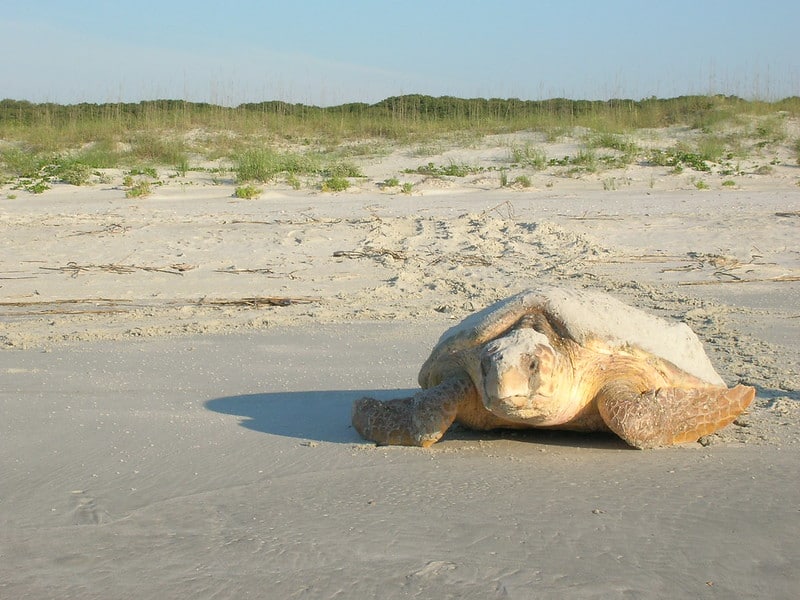
The Carnegie family kept a large stock of horses at their Cumberland Island Mansion estates. Later property owners adopted a free-range method with their horses, and this played a role in the feral herds that inhabit Cumberland today.
St. Marys, Georgia is the gateway to Cumberland Island National Seashore. You’ll want to start here to get the information you’ll need and the ferry ride to take you to Georgia’s premier island paradise.
#11: Martin Luther King, Jr. National Historical Park

It’s impossible to understand Georgia without considering Dr. Martin Luther King, Jr. Martin Luther King, Jr. National Historical Park allows you to step into the early life of the greatest civil rights leader of American history. The Downtown Atlanta park encompasses much of King’s childhood, including his boyhood home, his neighborhood, and his church.
501 Auburn Avenue was the home of MLK’s grandfather and his mother, before becoming his own childhood home. The home belonged to MLK’s grandfather Rev. Adam Daniel Williams, and hosted Michael Luther King and Christine King during the early years of their marriage. Martin Luther King, Jr. spent the first twelve years of his life in this home.

Ebenezer Baptist Church is another place that has an inseparable connection to Dr. Martin Luther King, Jr. MLK was baptized in this church, he preached his first sermon here, and he served as co-pastor of Ebenezer from 1960-1968. Ebenezer Baptist Church was the site of his funeral following his tragic assassination.
Martin Luther King, Jr. Historical Park remembers the past, but it also looks to the future. The King Center seeks to educate people in the cause of civil rights and the ongoing need to overcome social inequality through nonviolence. The center arose from the vision and determination of Loretta Scott King, who today lies buried next to her husband.

#12: Jimmy Carter National Historical Park

Jimmy Carter NHP pays homage to the rustic roots of the 39th president. This lovely park preserves key sites of Jimmy Carter’s early years, including his childhood home and his high school. You can experience the land and community that shaped Jimmy Carter at this quiet park located in southeast Georgia.
Jimmy Carter National Historical Park has remained true to the values of its namesake in several ways. Park events have cultivated relationships with school groups and youth organizations. The park has also worked to preserve the traditional arts and practices of rural Georgia, giving us a glimpse into the world that President Carter knew firsthand.

National Parks in Georgia FAQs
How many national parks are in Georgia?
Georgia has twelve national park sites:
- Andersonville National Historic Site
- Appalachian National Scenic Trail
- Chattahoochee River National Recreation Area
- Chickamauga & Chattanooga National Military Park
- Cumberland Island National Seashore
- Fort Frederica National Monument
- Fort Pulaski National Monument
- Jimmy Carter National Historical Park
- Kennesaw Mountain National Battlefield Park
- Martin Luther King, Jr. National Historical Park
- Ocmulgee Mounds National Historical Park
- Trail of Tears National Historic Trail
What national state parks are in Georgia?
National parks and state parks are often similar, so it’s easy to confuse the two. National parks are managed by the national government through the National Park Service. State parks are managed by state governments.
For example, Appalachian National Scenic Trail is managed by the United States Government. Amicalola Falls State Park is managed by the State of Georgia.
What is the most famous park in Georgia?
Georgia’s most famous park is Stone Mountain Park, a large park on the outskirts of Atlanta’s metropolitan area.
What is the closest national park to Atlanta?
Great Smoky Mountains National Park is the national park that is nearest to Atlanta, Georgia. However, several national park sites can be found in or near Atlanta:
- Martin Luther King, Jr. National Historical Park, Atlanta
- Chattahoochee River National Recreation Area, Atlanta
- Kennesaw Mountain National Battlefield Park, Marietta
- Trail of Tears National Historic Trail
- Appalachian National Scenic Trail
12 Remarkable Parks
This concludes our review of Georgia’s twelve National Park Sites. Do you have a question about these parks or how to roadtrip the National Park system? Drop us a comment and we’ll get you the info you need. Happy traveling!
© Copyright Brian A. Warren 2022.






Beautiful. Looks like I need to book a trip to Georgia. I would really like to do the Appalachian National Scenic Trail and the Trail of Tears. This is a great list, thank you!
Thank you!
I would love to bring my Golden Retriever pup up walk in all these GA parks. Great research! I love exploring parks on my vacations.
Same here. The National Parks are such treasures.
Interesting read! I really need to spend more time in GA. I actually had family that died at Andersonville prison. I plan to do a genealogy trip in the next year. So will be referring to this post again soon!
Wow, what a fascinating connection! I love genealogy too.
Such a comprehensive list! I’d definitely love to take my daughter to Ocmulgee Mounds National Historical Park for some scenic hikes and great lessons about indigenous history.
That one caught our interest as well!
Great post with a lot of detailed information. I realized that I’ve barley put a dent in the things to see in and around Georgia. Guess I’ll have to make another trip!
Same here!
Sadly, I need to say that I never thought about National Parks in Georgia. So this post was a good eye opener! There is certainly a lot of history to learn when you tour through the different parks and national monuments. I love the diversity in the different parks.
Yes, there really is so much to see in Georgia – we missed most of these ourselves, but we are excited to go back and check each one out!
So many cool parks! And I never heard about any of these… so already saved most of them on my bucket list. Another great article, Jenn!
Thank you so much! We were impressed with these beautiful Georgia parks as well.
Goodness there is so much variety at these national parks! I expect places like the Appalachian Trail (which looks fabulous) but it is cool that some of the parks are full of cultural experiences and history…not *just* hiking and wildlife.
Georgia parks look great!
Yes, we were surprised at all the variety of options too!